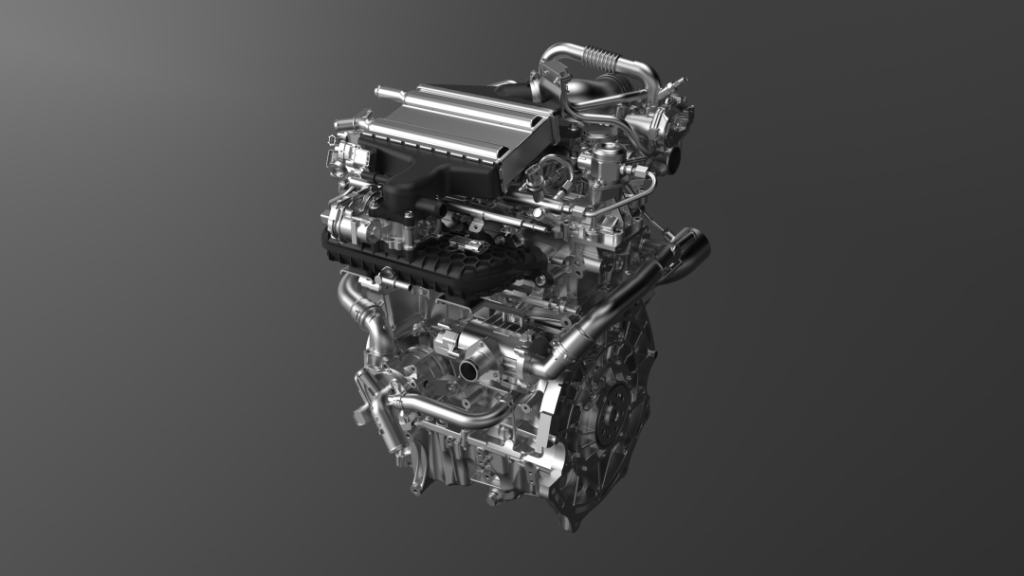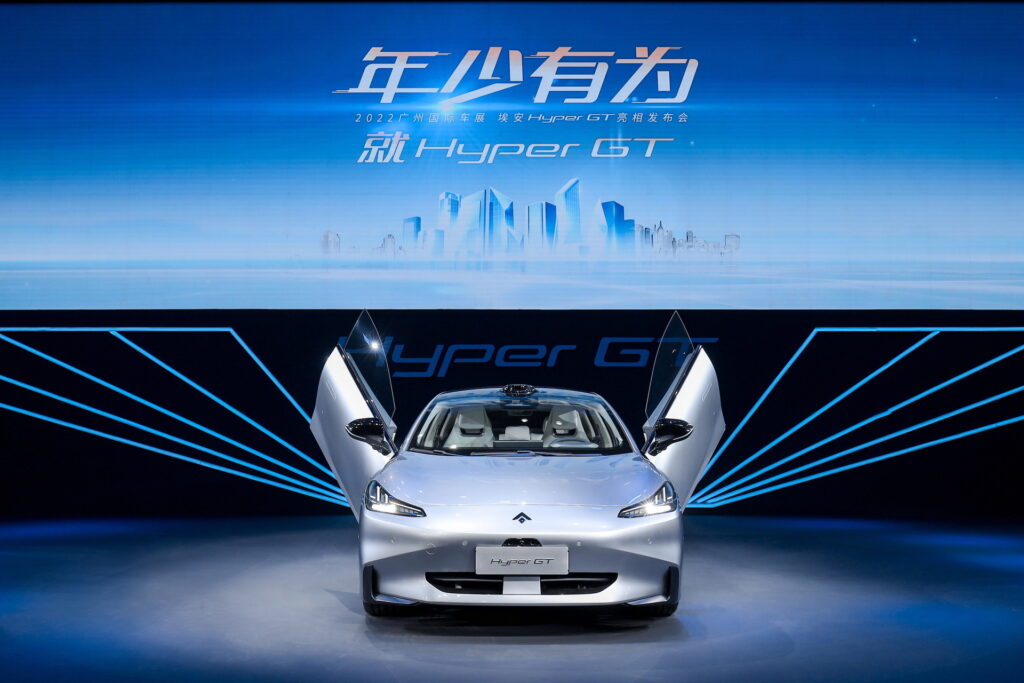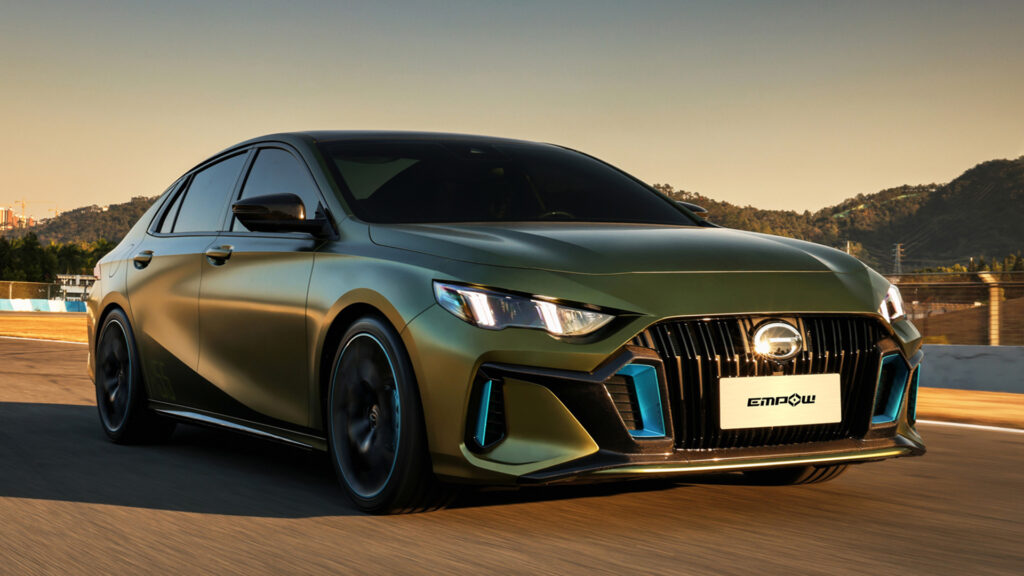GAC has unveiled a rather intriguing combustion engine that runs on liquid ammonia. It was developed in conjunction with Toyota and explores one alternative to traditional fuels.
The Chinese automaker showcased its special 2.0-liter engine at its annual technology showcase. This engine is said to produce 161 hp while emitting 90% less carbon dioxide than if it were powered by petrol.
“We’ve overcome the pain point of ammonia being difficult to burn quickly and put the fuel to use in the passenger car industry,” GAC R&D center engineer Qi Hongzhong told the media. “Its value to society and for commercial uses are worth anticipating.”

This isn’t the first time that an internal combustion engine has been developed to run on ammonia. In fact, it is already being explored as an alternative fuel in the trucking and shipping industries but GAC is the first to explore its potential use in passenger cars. Autocar notes that it has around half the energy density of petrol but importantly, it does not emit carbon, hydrocarbon, or CO2 when it is combusted.
Read: GAC Unveils Flying Pod That Turns Into An Electric Car Thanks To A Wheeled Landing Pad
Using ammonia as a fuel source has its risks. Exposure to enough of it can be fatal to humans and it is primarily used in agriculture. A key reason why it has already been explored in the trucking and shipping industries as a fuel source is that these industries are experts in distributing and handling toxic substances like ammonia. There’s also the small matter of ammonia fuel emitting a lot of nitrogen if it is used in an engine that isn’t boosted or doesn’t have a high compression ratio.
GAC itself hasn’t said if it actually intends on making production cars powered by ammonia a reality but according to BloombergNEF analyst, Colin McKerracher, it probably won’t take off.
“Ammonia is hellish to handle,” he said. “I can’t see it taking off in passenger cars.”




